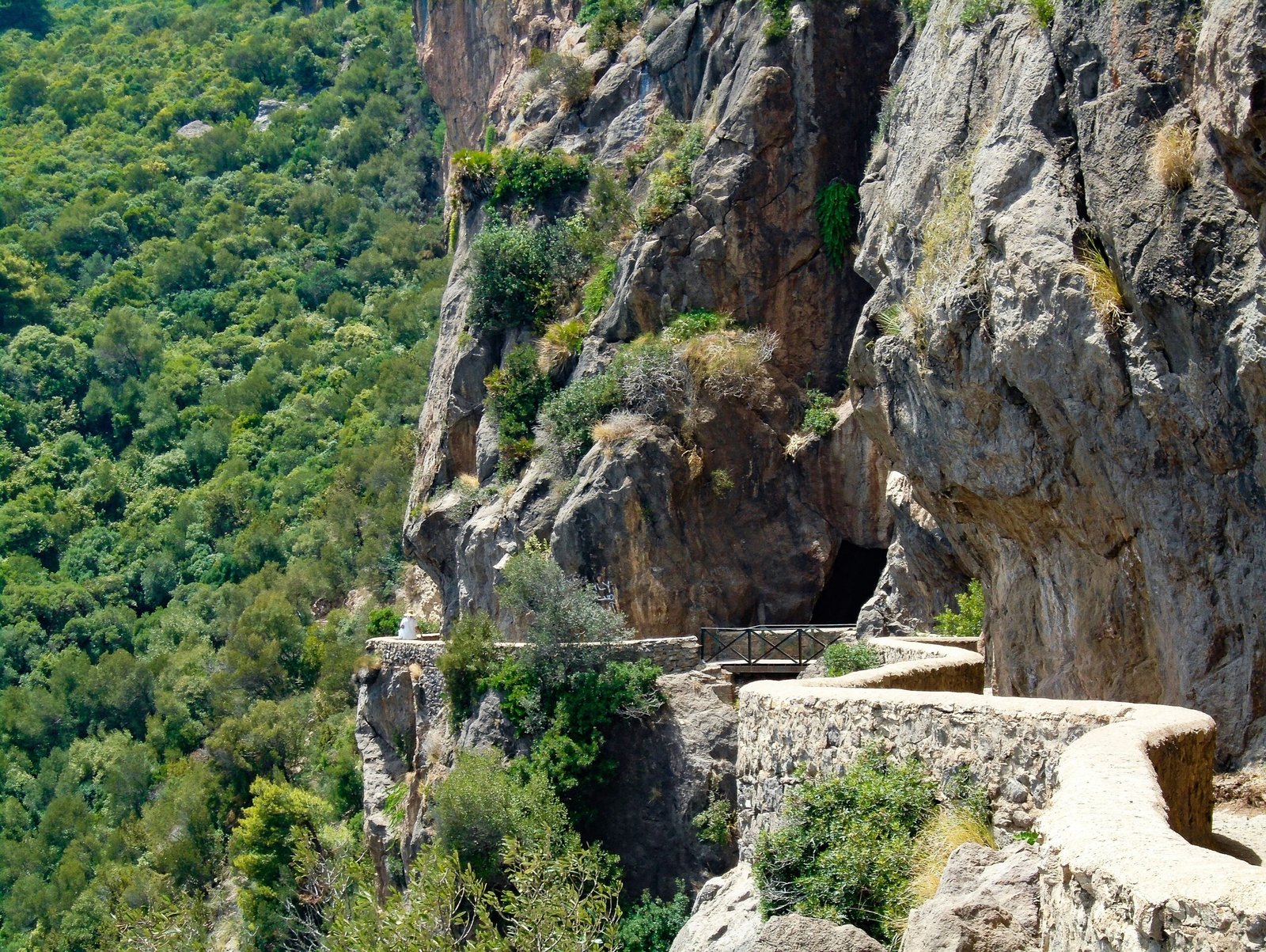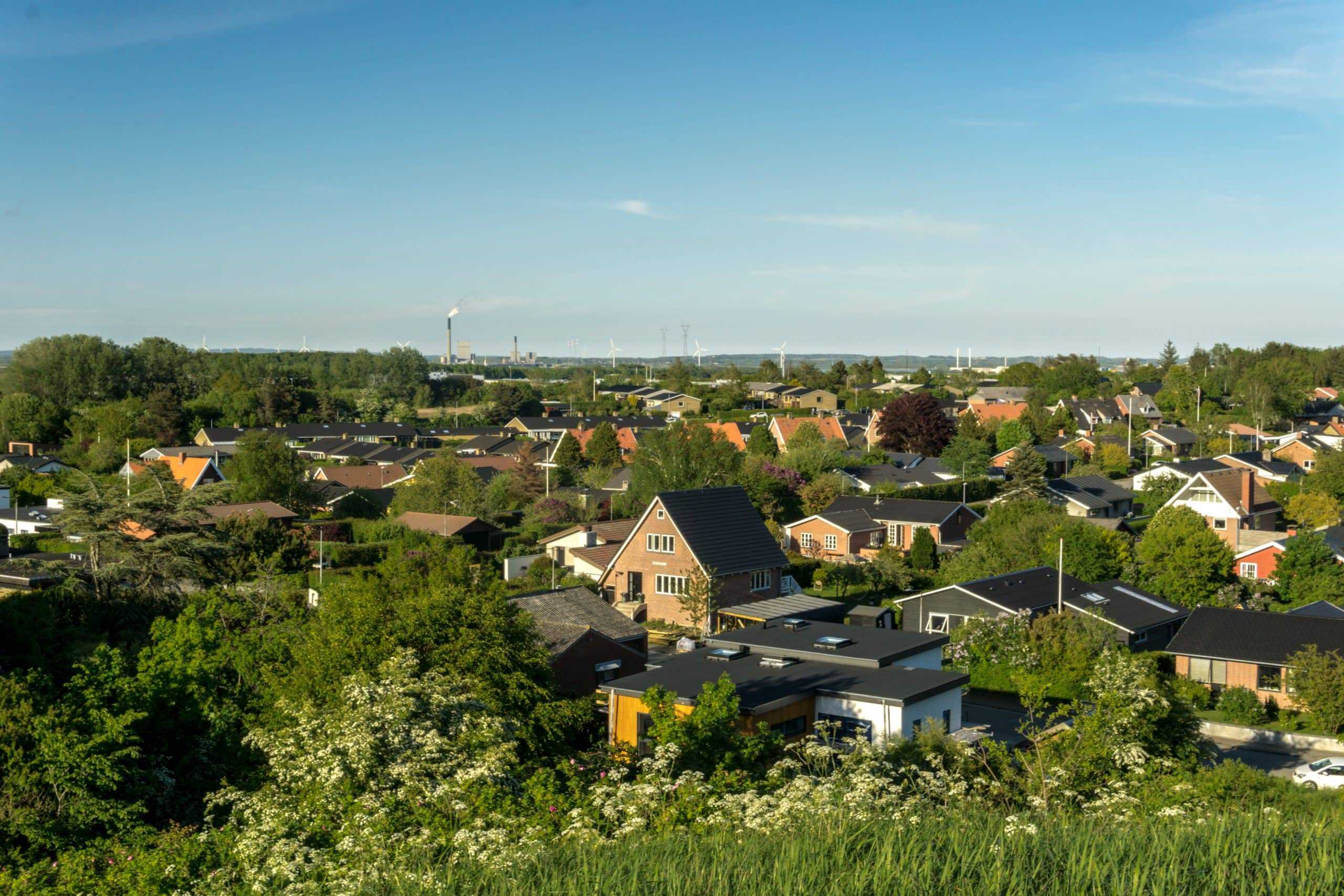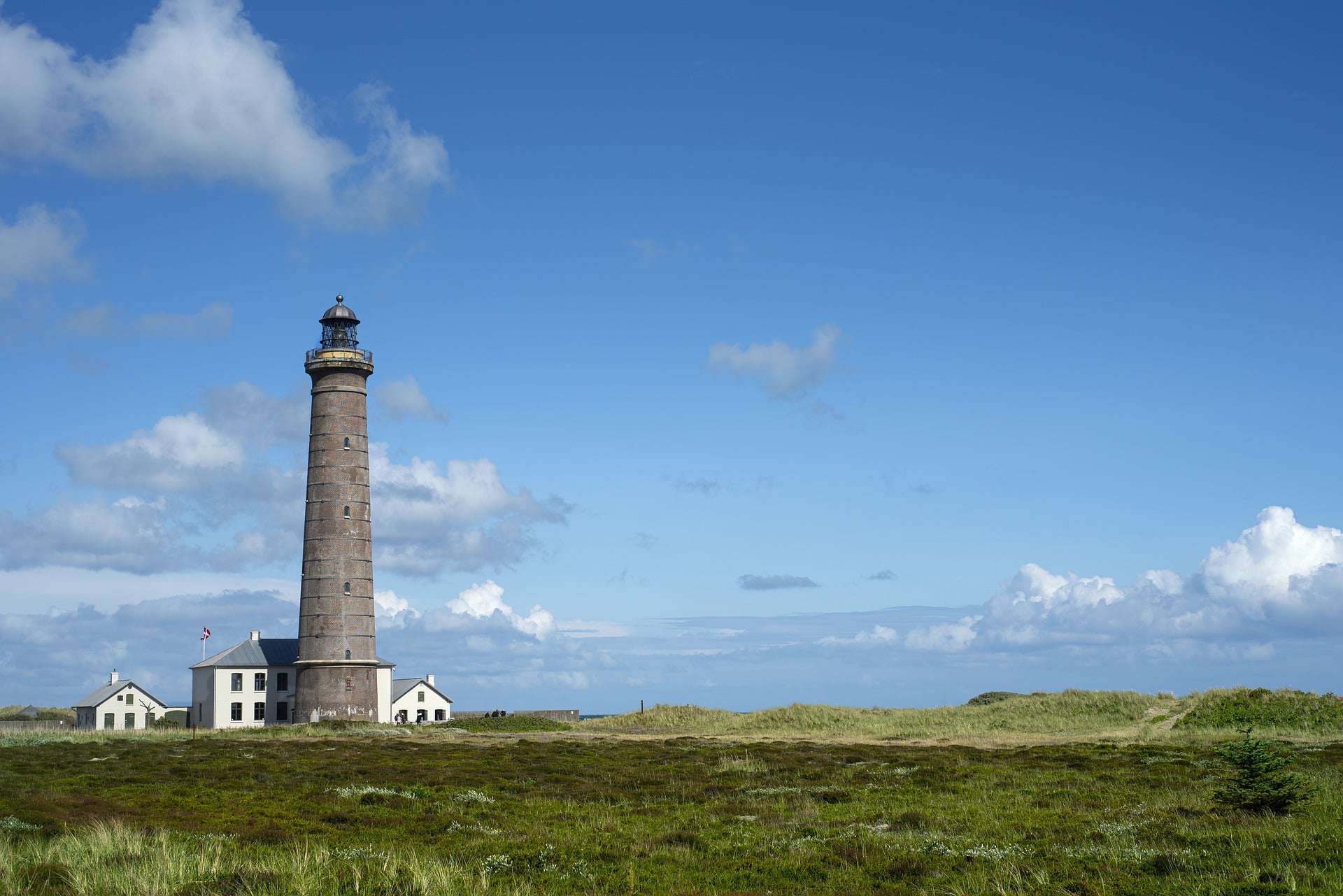Introduction to Nordic Countries’ Natural Beauty
The Nordic countries—Norway, Sweden, Finland, Denmark, and Iceland—present a unique tapestry of natural wonders that make them ideal destinations for nature vacations. These countries are renowned for their breathtaking landscapes that range from the rugged fjords of Norway to the expansive forests and serene lakes of Finland. Each nation offers a distinctive blend of geographical features, creating a harmonious environment for outdoor enthusiasts.
Norway is perhaps best known for its dramatic fjords, towering cliffs, and cascading waterfalls. The country’s rugged coastline and mountainous terrain provide unparalleled opportunities for hiking and exploring some of the world’s most stunning natural vistas. Sweden, with its dense forests and thousands of lakes, is a paradise for those who enjoy kayaking, fishing, and camping. The country’s well-maintained trails and national parks make it accessible for adventurers of all ages and skill levels.
Finland, often referred to as the Land of a Thousand Lakes, offers a tranquil escape into nature. Its vast boreal forests and pristine waters are perfect for activities such as canoeing, bird watching, and cross-country skiing. The Finnish Lapland, with its magical Northern Lights and midnight sun, adds an extra layer of enchantment to any visit. Denmark, although smaller in size, boasts diverse landscapes that include rolling hills, sandy beaches, and lush woodlands. The country’s commitment to sustainability makes it an excellent choice for eco-friendly travelers.
Iceland, with its otherworldly geothermal landscapes, glaciers, and volcanic activity, provides a unique backdrop for adventure. From exploring ice caves to bathing in natural hot springs, Iceland offers a variety of experiences that are both exhilarating and rejuvenating. The country’s untouched beauty and stark contrasts make it a must-visit for any nature lover.
While the cities in these Nordic countries are rich in culture and history, it is the natural landscapes that truly captivate visitors. The blend of outdoor activities, from skiing to wildlife watching, ensures that there is something for everyone. Whether you seek the thrill of adventure or the peace of solitude, the Nordic countries offer a sanctuary of natural beauty waiting to be explored.
Top Natural Attractions in Each Nordic Country
The Nordic countries offer a plethora of natural attractions that captivate the hearts of nature enthusiasts. Each country boasts unique landscapes and ecosystems, making them ideal destinations for eco-friendly vacations. Let’s delve into the specific natural attractions that make these nations stand out.
Norway
Norway is renowned for its dramatic fjords, with Geirangerfjord standing out as one of the most iconic. This UNESCO World Heritage site is surrounded by towering cliffs, cascading waterfalls, and lush greenery, offering breathtaking views and opportunities for hiking and boat tours. Another must-see is Tromsø, known as the gateway to the Arctic. Here, visitors can witness the mesmerizing Northern Lights, a natural phenomenon that transforms the night sky into a canvas of vibrant colors. These attractions make Norway a haven for those seeking awe-inspiring natural beauty.
Sweden
Sweden’s natural landscapes are equally enchanting, with its archipelagos and vast forests being prime attractions. The Stockholm Archipelago comprises over 30,000 islands, each offering a unique blend of serene beauty and outdoor activities such as kayaking and sailing. In contrast, the expansive forests of Värmland provide a tranquil escape, perfect for hiking, wildlife spotting, and reconnecting with nature. These diverse landscapes make Sweden a versatile destination for eco-tourism.
Finland
Finland is known as the “Land of a Thousand Lakes,” and for good reason. With over 188,000 lakes, it offers endless opportunities for water-based activities such as fishing, swimming, and boating. The Lapland region, with its unique Arctic environment, is another highlight. Home to the indigenous Sámi people, Lapland offers a chance to experience traditional reindeer herding and witness the ethereal Midnight Sun during the summer months. These attractions underscore Finland’s rich natural heritage.
Denmark
Denmark may be small, but its natural attractions are no less impressive. The Jutland Peninsula is a treasure trove of scenic beauty, featuring rolling hills, dramatic cliffs, and pristine beaches. The Wadden Sea National Park, a UNESCO World Heritage site, is particularly noteworthy for its unique tidal flats and rich biodiversity. These natural wonders make Denmark a delightful destination for eco-conscious travelers.
Iceland
Iceland is famous for its geothermal wonders and stunning waterfalls. Gullfoss, also known as the “Golden Falls,” is a spectacular two-tiered waterfall that showcases the raw power of nature. Nearby, Seljalandsfoss offers a unique experience where visitors can walk behind the waterfall and feel its mist. Iceland’s geothermal activity is also a major draw, with the Blue Lagoon and Geysir geothermal area providing unique opportunities for relaxation and exploration. These natural attractions make Iceland a must-visit for anyone passionate about nature.
In conclusion, the Nordic countries offer an array of natural attractions that cater to all types of nature lovers. From Norway’s majestic fjords to Iceland’s geothermal wonders, these destinations provide unforgettable experiences that highlight the beauty and diversity of the natural world.
Activities to Enjoy in Nordic Nature
The Nordic countries offer a plethora of outdoor activities, making them a haven for nature enthusiasts. Hiking is one of the most popular activities, with trails ranging from easy walks to challenging treks. The summer months, from June to August, are ideal for hiking, as the weather is mild and the landscapes are lush and green. Essential equipment includes sturdy hiking boots, a map or GPS, and sufficient water.
Camping is another favorite, with numerous campsites scattered across national parks and nature reserves. For those seeking a unique experience, glamping options are available, providing a blend of luxury and nature. Summer is also the best season for camping, but fall offers stunning foliage. Ensure you have a reliable tent, sleeping bag, and cooking gear.
Winter transforms the Nordic countries into a snowy paradise, ideal for skiing and snowboarding. Norway and Sweden boast world-class ski resorts like Trysil and Åre. The ski season typically runs from December to April. Necessary equipment includes skis or a snowboard, appropriate clothing, and safety gear such as helmets.
For water enthusiasts, kayaking and canoeing on the pristine lakes and rivers are must-try activities. The best time for these activities is late spring to early autumn, from May to September. A life jacket, waterproof bags, and a sturdy kayak or canoe are essential for a safe adventure.
Wildlife safaris offer a chance to witness the Nordic fauna, including reindeer, elk, and even polar bears in the northern regions. These safaris are available year-round, but summer and early autumn are particularly favorable for wildlife sightings. Binoculars, a camera, and warm clothing are recommended.
Additionally, Nordic nature vacations offer unique experiences like staying in ice hotels in Sweden or Finland, where visitors can sleep in rooms carved entirely from ice. These hotels usually operate in winter, from December to March. For a more comfortable yet immersive experience, consider glamping in nature reserves, available in various seasons depending on the location.
Sustainable Travel Tips for Reducing Carbon Footprint
Traveling to the Nordic countries offers an unparalleled opportunity to experience their stunning natural landscapes. However, it is crucial to do so in a way that minimizes environmental impact. Choosing eco-friendly accommodations is a significant first step. Many hotels and lodges in the region are committed to sustainability, offering features like renewable energy sources, water conservation systems, and organic, locally-sourced food options. Opting for these types of accommodations supports businesses that prioritize environmental stewardship.
Reducing waste is another vital aspect of sustainable travel. When packing, consider reusable items such as water bottles, shopping bags, and cutlery. This not only cuts down on single-use plastics but also lessens the waste burden on local communities. Additionally, travelers can make a habit of recycling and disposing of waste properly, adhering to local guidelines.
Transportation choices significantly impact your carbon footprint. The Nordic countries boast extensive and efficient public transportation networks, including buses, trains, and ferries. Utilizing public transport not only reduces emissions but also offers a scenic and immersive way to explore the landscapes. For those who prefer more independence, renting electric vehicles is an eco-friendly alternative. Many car rental agencies in the region provide electric or hybrid vehicles, which help reduce greenhouse gas emissions.
Supporting local conservation efforts is another meaningful way to travel sustainably. Many Nordic regions have organizations dedicated to preserving their natural environments. Travelers can contribute by participating in volunteer programs, donating to conservation projects, or simply choosing tour operators and activities that prioritize environmental protection.
Adhering to Leave No Trace principles is essential for maintaining the pristine condition of natural areas. This includes packing out all trash, staying on marked trails to prevent soil erosion and habitat disruption, and respecting wildlife by observing from a distance and not feeding animals. By following these guidelines, travelers help ensure that the natural beauty of the Nordic countries remains untouched for future generations.




